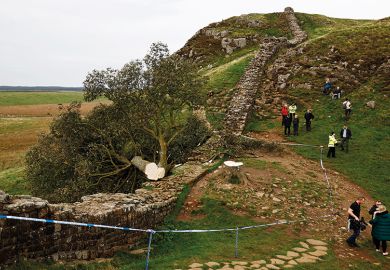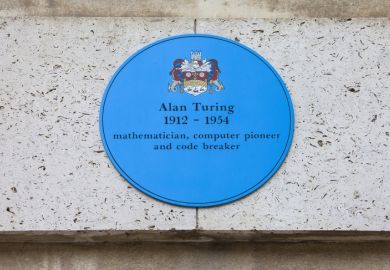The specific allocations for the science and research budget have finally been announced following the government’s commitment in last June’s spending review to maintain the science resource budget in cash terms in 2015-16 and raise the research capital budget to £1.1 billion.
The science ring fence, which protects the science budget from being raided for other governmental spending priorities, was thought to have been under threat due to cost overruns by the Department for Business, Innovation and Skills.
However, the government said on 10 February that the resource budget would increase slightly by 2.5 per cent to £4.7 billion, and that the division of the budget between the various research councils and the Higher Education Funding Council for England would be largely unchanged.
The only slight changes on the 2014-15 indicative figures include a 4 per cent rise in funding to the largest research council, the Engineering and Physical Sciences Research Council, taking its annual budget to nearly £780 million.
However, all six research councils that receive capital funding (which excludes the Arts and Humanities Research Council) will see their allocations rise considerably on the 2014-15 figures.
The total science capital budget for 2014-15 predicted in 2010 was just £517 million - although the government had made a series of announcements on capital funding since 2010 that, in reality, will boost that figure considerably.
However, based on the 2010 estimates, the 2015-16 capital allocations to the research councils represent a rise of 108 per cent on 2014-15, taking the total to £376 million.
The largest capital funding rise - 5 per cent – will be to the Science and Technology Facilities Council’s core budget. The EPSRC will see a 220 per cent rise, partly reflecting the announcement in December’s autumn statement of new funding for a network of quantum technology centres.
The Biotechnology and Biological Sciences Research Council will see a 139 per cent rise, while both the Natural Environment Research Council and the Economic and Social Research Council will see rises of 97 per cent.
Apart from the STFC’s budget for subscribing to international projects, which falls slightly, only the Medical Research Council will see a smaller rise – of 16 per cent. However, the MRC previously had the largest capital budget, reflecting the cost of building new institutes in London and Cambridge.
Research capital funding for higher education institutions in England will also rise by 17 per cent, to £203.5 million
Royal Society president Sir Paul Nurse welcomed the fact that that, despite the rumours, BIS secretary of state Vince Cable had “managed to find a way to maintain the science budget”.
“In tough economic times we have seen relative protection for the science budget which is very welcome. However, other countries are investing more so we cannot be complacent. With signs of economic recovery it must be hoped that the chancellor will see the opportunity to further invest in knowledge, the seed corn for sustained future growth,” he said.
Register to continue
Why register?
- Registration is free and only takes a moment
- Once registered, you can read 3 articles a month
- Sign up for our newsletter
Subscribe
Or subscribe for unlimited access to:
- Unlimited access to news, views, insights & reviews
- Digital editions
- Digital access to THE’s university and college rankings analysis
Already registered or a current subscriber? Login




